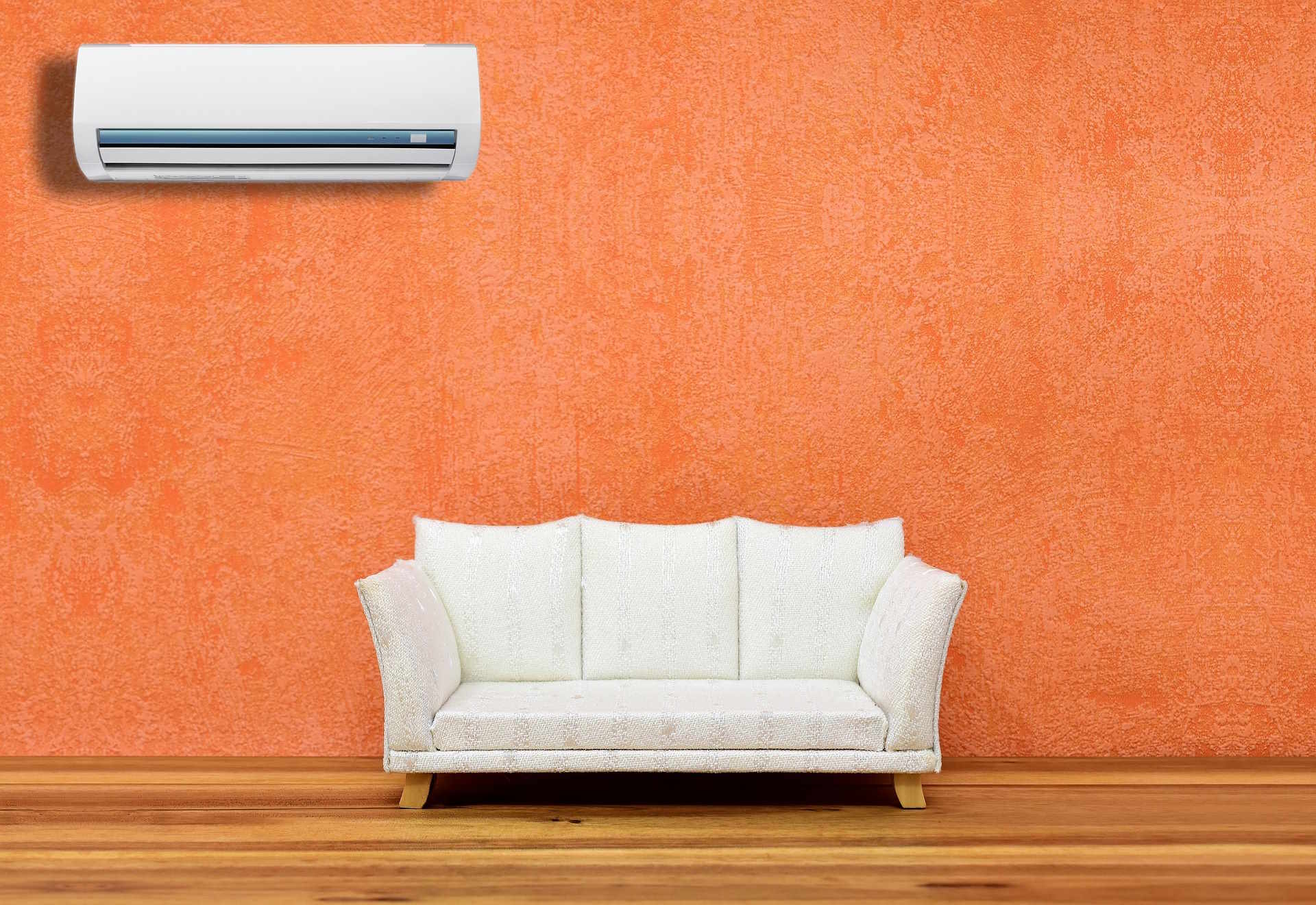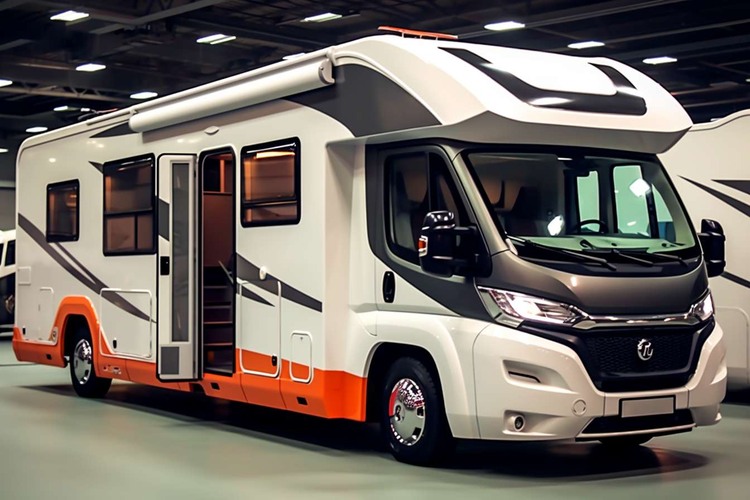Why More Homeowners Are Replacing Traditional Sofas with Modular Seating: A 2025 Living Room Style Guide
Say goodbye to bulky traditional sofas—2025 is all about flexible, space-saving seating that transforms how we design our living rooms. This guide uncovers how modular sectionals, ottomans, and floor cushions are redefining comfort and style for modern homes.
What Makes Modular Living Room Furniture So Popular?
Introduction to modular living room furniture reveals a design philosophy centered on adaptability and customization. Unlike traditional sofas that serve a single purpose and occupy fixed floor space, modular pieces can be rearranged, expanded, or reconfigured based on changing needs. These systems typically consist of individual sections, corner pieces, ottomans, and armless chairs that connect seamlessly to create personalized seating arrangements.
The appeal lies in their versatility—homeowners can start with a basic configuration and add components over time. This approach particularly resonates with younger demographics who value flexibility over permanence, as well as families whose spatial needs evolve as children grow or living situations change.
How Do Flexible Seating Ideas Transform Modern Homes?
Flexible seating ideas for modern homes extend far beyond simple furniture arrangement. Today’s modular systems incorporate storage compartments, convertible surfaces, and multi-functional elements that maximize utility in compact spaces. Ottoman cubes can serve as seating, coffee tables, or storage units, while modular sections can transform from intimate conversation areas to expansive entertainment zones for gatherings.
These adaptable solutions prove especially valuable in open-concept floor plans, where furniture must define spaces without walls. Modular seating creates natural room divisions while maintaining visual flow, allowing homeowners to establish distinct areas for relaxation, work, or entertainment within a single room.
What Are the Leading Modern Interior Design Trends in 2025?
Modern interior design trends in 2025 emphasize sustainability, functionality, and personalization. The movement toward modular furniture aligns with these priorities by offering longer-lasting investments that adapt rather than require replacement. Current trends favor neutral color palettes with bold accent pieces, mixed textures, and furniture that serves multiple purposes.
Biophilic design elements are increasingly integrated into modular seating systems, with natural materials like bamboo frames, organic cotton covers, and reclaimed wood components. Smart furniture features, including built-in wireless charging stations and LED lighting, are becoming standard in premium modular collections, reflecting our technology-integrated lifestyles.
What Are the Core Benefits of Modular Furniture?
The benefits of modular furniture extend across practical, financial, and aesthetic dimensions. Space efficiency ranks among the primary advantages, as modular pieces can be configured to fit odd-shaped rooms or maximize seating in limited square footage. This flexibility proves invaluable for apartment dwellers and those with non-standard living spaces.
Maintenance and longevity represent additional benefits, as individual components can be replaced or reupholstered without replacing entire furniture sets. Many modular systems feature removable, washable covers that simplify cleaning and allow for seasonal color changes. The gradual expansion capability also spreads furniture costs over time, making quality pieces more accessible to budget-conscious consumers.
How Are American Households Embracing Modular Design?
Across the United States, housing trends support the modular furniture movement. Urban areas with smaller average living spaces show particularly high adoption rates, with cities like San Francisco, New York, and Seattle leading modular furniture sales. According to furniture industry reports, modular seating sales have increased by approximately 35% over the past two years among millennials and Gen Z homeowners.
American manufacturers are responding by expanding modular collections and offering more customization options. Regional preferences vary, with West Coast consumers favoring minimalist designs and natural materials, while East Coast buyers often choose more traditional styling with modular functionality. Southern markets show growing interest in outdoor modular collections that extend living spaces to patios and porches.
What Should You Expect to Invest in Modular Seating Systems?
| Modular Seating Type | Provider | Price Range | Key Features |
|---|---|---|---|
| Basic 3-Piece Sectional | IKEA | $800-$1,200 | Washable covers, compact design |
| Mid-Range Modular Collection | West Elm | $1,500-$3,000 | Performance fabrics, multiple configurations |
| Premium Customizable System | Room & Board | $2,500-$5,500 | American-made, extensive fabric options |
| Luxury Modular Suite | Herman Miller | $4,000-$8,000+ | Designer collaboration, premium materials |
Budget-conscious shoppers can find quality modular options starting around $800 for basic three-piece configurations, while premium systems with extensive customization can exceed $8,000. Mid-range collections typically offer the best balance of quality and affordability, ranging from $1,500 to $3,500 for complete living room setups.
Prices, rates, or cost estimates mentioned in this article are based on the latest available information but may change over time. Independent research is advised before making financial decisions.
How Does Modular Seating Represent the Future of Living Room Design?
Embracing the future of living room design means recognizing that modern lifestyles demand furniture solutions as dynamic as our daily routines. Modular seating systems represent more than a trend—they reflect fundamental shifts toward sustainable consumption, space optimization, and personalized living environments.
As remote work continues influencing home design, modular furniture provides the flexibility to transform living rooms into temporary offices, exercise spaces, or entertainment centers. The integration of smart home technology with modular systems suggests future developments will offer even greater functionality and connectivity.
The transition from traditional sofas to modular seating reflects broader changes in how we live, work, and entertain in our homes. As space becomes more precious and lifestyles more fluid, modular furniture systems offer practical solutions that don’t compromise on comfort or style. Whether driven by space constraints, design preferences, or lifestyle needs, the move toward flexible seating represents a logical evolution in home furnishing that puts adaptability at the center of living room design.





